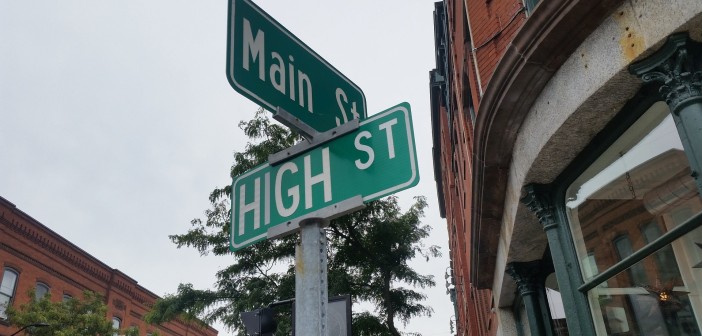When I was appointed to pastor a new church start, I began to dream of what “my” new church would look like. By the time I hit the ground as pastor of a church with no name, no building, and no people, I had a clear vision of what worship would look like: what we should do and how we should do it. In a few short weeks, though, I realized my vision — though great, I’m sure — did not exactly fit the mission field.
As a 27-year-old, I may have desired one type of music, but the community around me would connect more with another kind. The type of clothing that I might have hoped would be “cool” to wear in worship would only be comfortable for a small segment of people that God had sent me to serve.
I learned that no matter how compelling the vision may be, it must connect with the people to whom God has sent you, or it is a vision that will not live.
This led us into a season of listening to our community. We needed to hear from them. Intentionally listening to our community meant careful observation and open conversation that allowed us to hear the felt needs of the community — which later informed our topical preaching series — and to understand the culture of our neighbors — which would help us know how to choose relevant language, music, and dress for worship. The message of hope in Jesus would be the same, but our community taught us what language to speak so they could understand it. This did not mean an abandonment of what we often think of as traditional. In fact, we found in our context that the ancient forms of religion would speak strongly to those who feel disconnected from God in our community.
I learned that no matter how compelling the vision may be, it must connect with the people to whom God has sent you, or it is a vision that will not live. New churches and old churches alike must desire God’s vision instead of our own, and I believe God’s vision will always lead us to reach the people in the neighborhoods around us.
This article is included in Vital: Churches Changing Communities and the World by Jorge Acevedo (Abingdon Press, 2013) and used by permission of the publisher. The book is available at Cokesbury and Amazon.
Related Resources:
- Be the Welcoming Church Video Tool Kit
- Worship as Mission by Anthony Robinson
- Moving Beyond Personal Preferences into Missional Thinking by Ed Stetzer and David Putman






